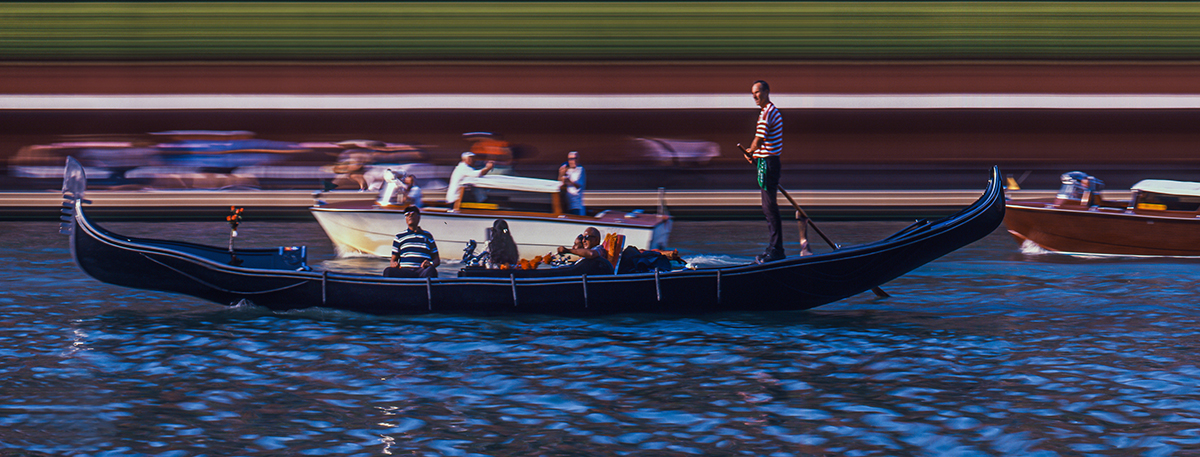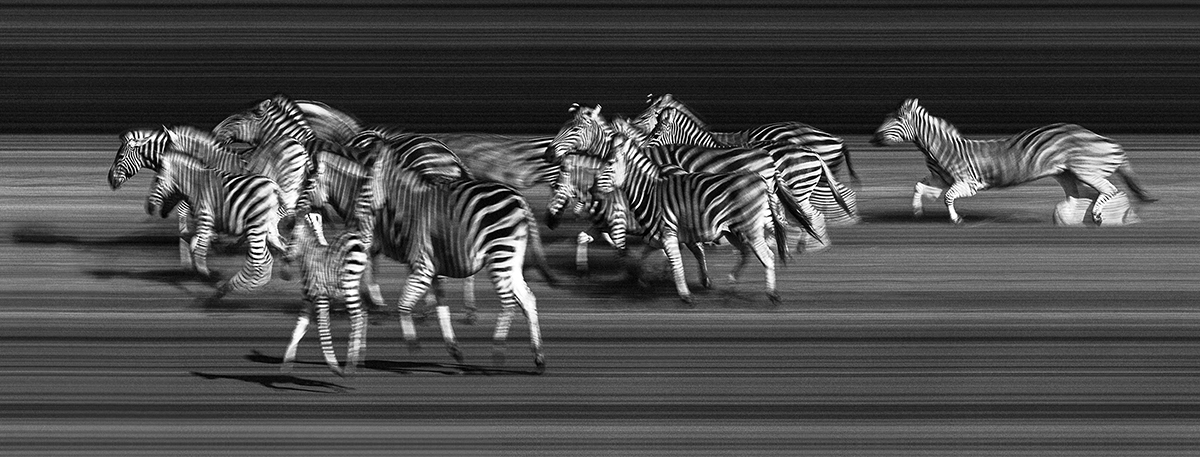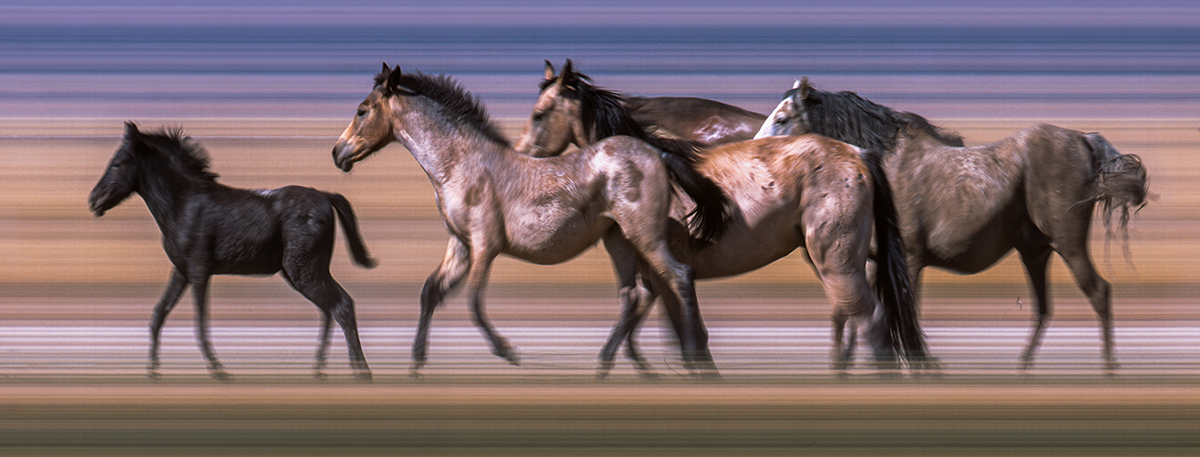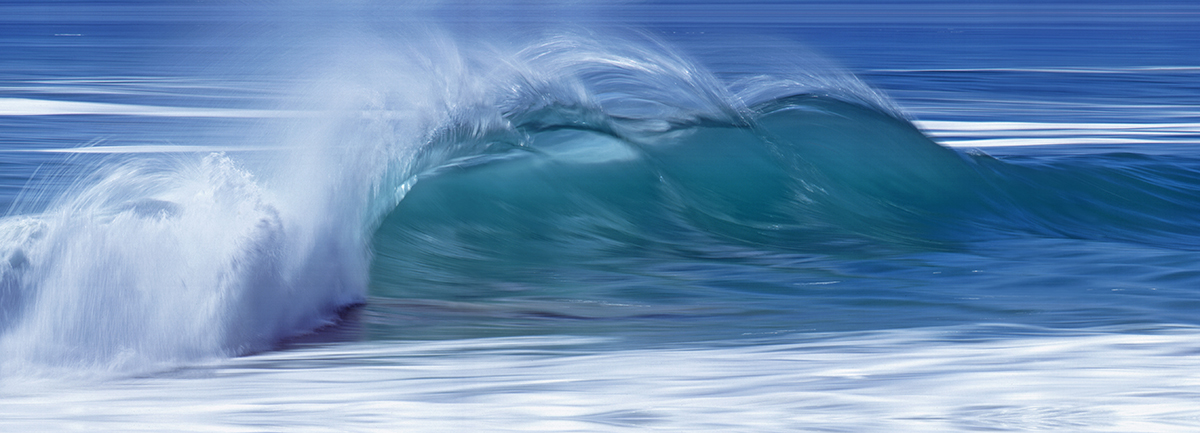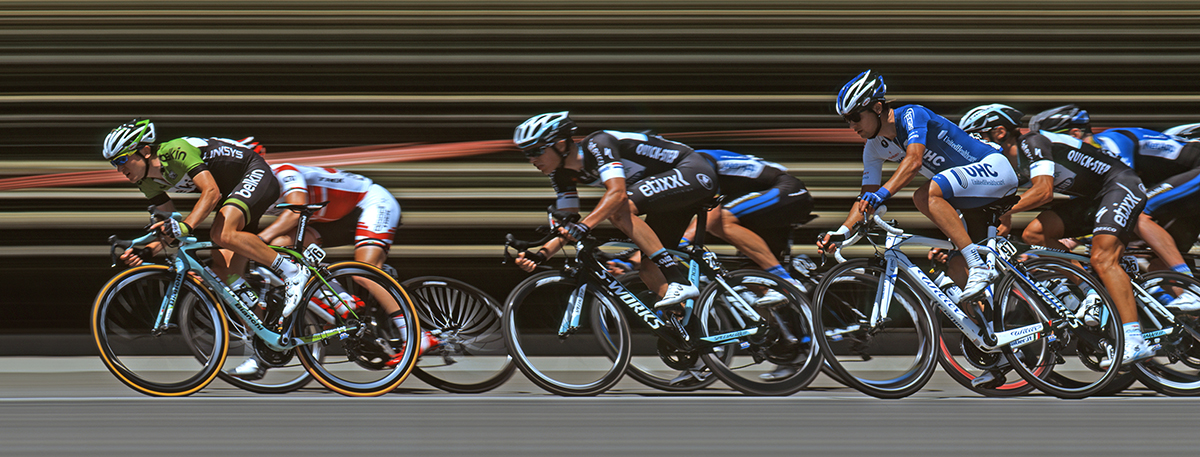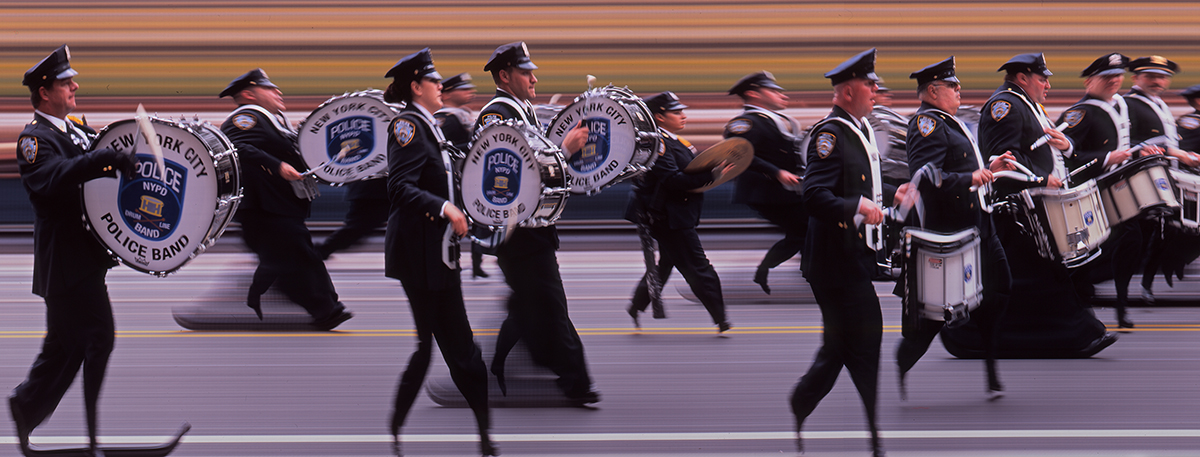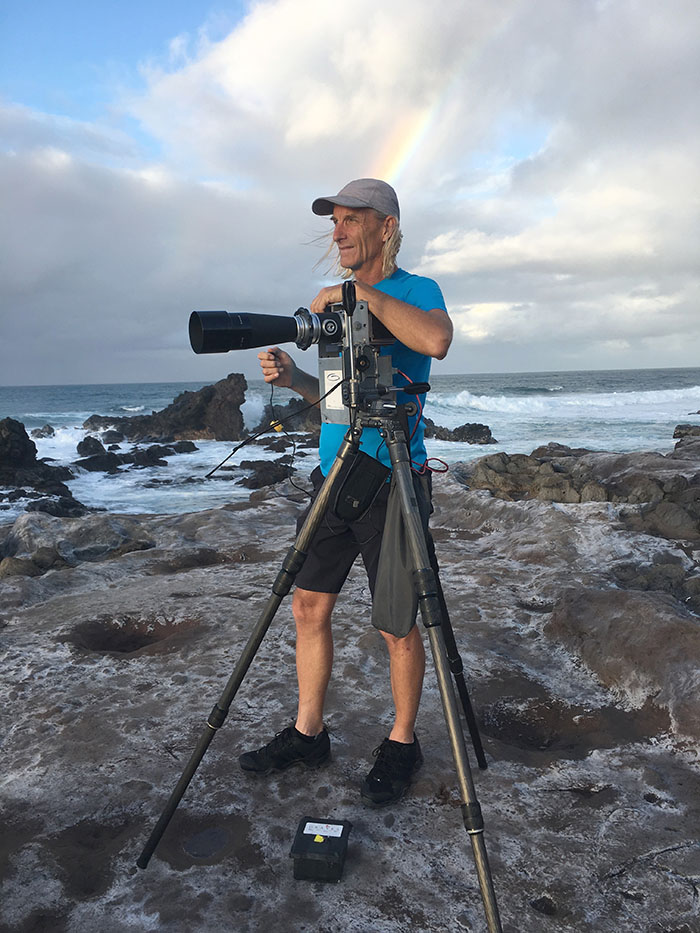RICK GRAVES
MEDIUM
Photography
ARTIST STATEMENT
“My passion for images in motion led to the creation of a custom built camera system. My DistaCam captures time and space on a 66 inch roll of film resulting in photographs that will amaze.”
ARTIST BIO
One look at Rick Graves’ fine art photography and you might think it was manipulated with technology. In the age of digital panoramas and Photoshop, his impossibly-long (and at times, intriguingly distorted) images of cars racing, waves crashing, and people socializing seem like they couldn’t have been made without the help of screens or software.
However, these innovative shots have analog roots. Graves uses exclusively film for his imagery, and takes inspiration from a century-old technique called slit scan photography historically used to determine the winner of horse races. Rather than individual frames, a 66- inch roll of film becomes one long image with the help of a custom-built camera.
A DistaVision image essentially documents the passage of time, whether that be the last few seconds of a car race or a few minutes of a colorful Mardi Gras parade. Graves’s DistaVision work has taken him to Moscow, Hawaii, Japan, Paris, and beyond, and produced unique documentation of Nascar races, triathlons, dog shows, the Macy’s Thanksgiving Day Parade, and sailboats, to name a few.
In 1999, Graves was challenged by a creative director to come up with something totally new. Combining his childhood knack for inventing with his background in commercial automotive photography and an appreciation for action imagery by artists like sports photographer Neil Leifer, he devised what would become DistaVision, a groundbreaking photography style that has led to glowing mentions in Wired, AutoWeek, and a book on the evolution of the slit scan photography technique.
Armed with a Hasselblad and a head full of math formulas, he experimented with how to continuously move film through a camera at a specific speed. After prototypes that included a windshield wiper motor and cordless drill, Graves now uses the same Hasselblad, customized with state-of-the-art robotics motors and an ultra-lightweight frame, making it easy to travel with.
There are several ways of creating a DistaVision image. For action shots like Lance Armstrong’s iconic 2004 Tour de France victory, the film moves through the camera precisely as fast as the subject, creating a crisp, clear image. For more unpredictable scenes, such as bustling city streets, subjects move at various speeds and distances. When a subject’s speed and distance differs from the film’s speed, intriguing moments of distortion are created, such as a dog becoming square and compressed or a foot expanding to be as wide as a tree trunk.
Other times, the camera, not the film, does the moving. It can be placed in a moving car, train, or dolly, which works best for creating sharp landscape images, like a snow-covered Central Park or the glittering streets of Las Vegas.
Once the film is developed, the 66” images are scanned in segments (due to their length) and meticulously stitched back together in Photoshop—the only digital intervention in the process.
When it comes to printing and displaying DistaVision images, the sky’s the limit. Graves’s photos have been licensed by NASCAR, printed onto belts, and blown up to wrap around entire buildings. Graves is a longtime exhibitor at Laguna Beach’s acclaimed Festival of Arts, where you can witness his creations in person.
He’s also available for commission, and always eager to take on a challenge.
ARTIST VIDEO
